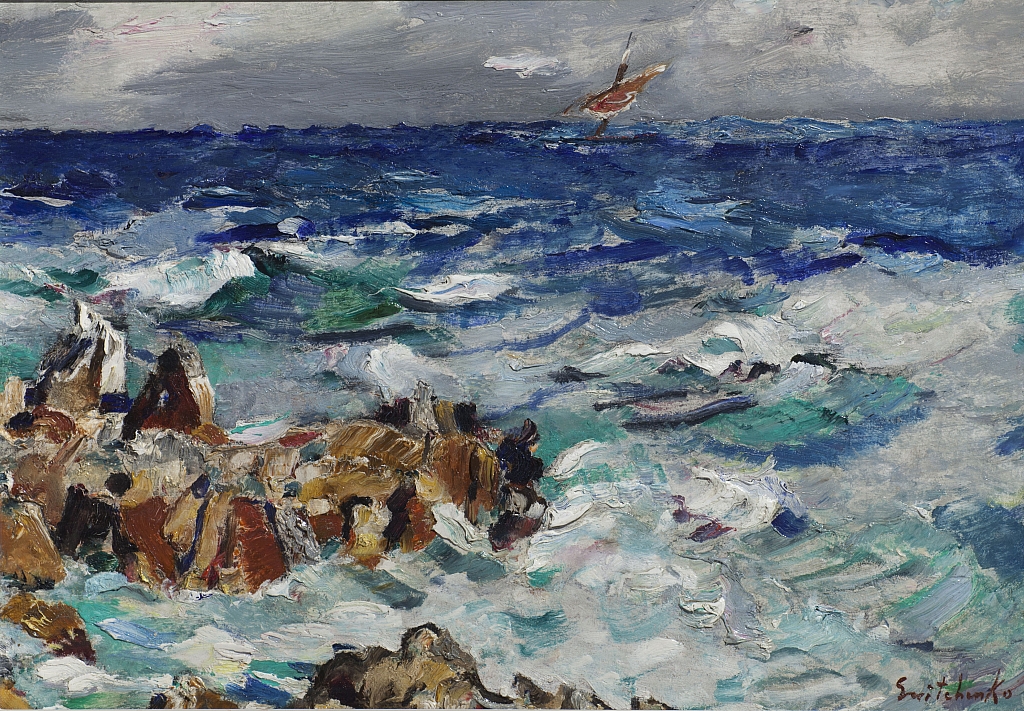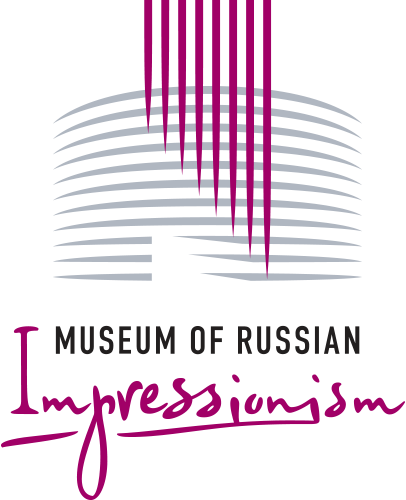
Titled “A Gust of Wind”, this painting leaves the viewer with the feeling of a fresh sea breeze - look at the broad, forceful brushstrokes: sometimes they are thick, and sometimes so thin that one can see the primed surface of the painting. This is a very important detail, a testament to the fact that this landscape was painted en plein air. Grishchenko was so passionately focused on capturing the elusive waves that he did not bother to put the final touches to his work - he had to paint very quickly. The artist was excited by the challenge of rendering the wind with his brush, and the result is this true impression of the fresh sea breeze and the foamy waves. Grishchenko was seventeen when he took the firm decision to become an artist, after his first visit to the Hermitage in St. Petersburg. The Imperial art collection made such a profound impression on the young man (who at the time was studying biology and philology) that he started attending the private Svetoslavsky painting studio, and later Konstantin Yuon’s art school. Grishchenko experimented with light and studied how it affected people. Based on his observations and experiments, the artist came up with a painting method he called “colour-dynamos”. Grishchenko set aside traditional techniques and built his compositions exclusively according to principles of light, some of them of his own invention, and it was, in fact, this audacity that endeared him to the French public. He immigrated after the Russian Revolution, and achieved both recognition and fame in France, being a regular participant in the Paris Autumn Salons, as well as exhibiting his works around Europe and the United States.



